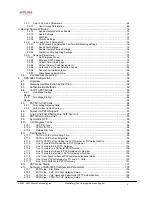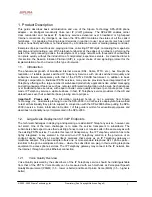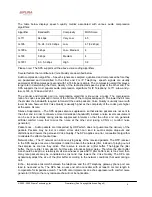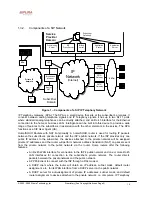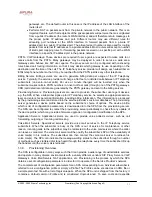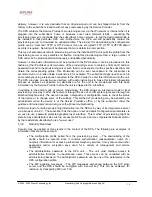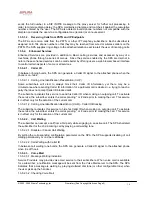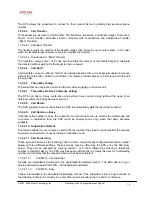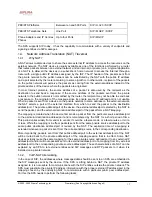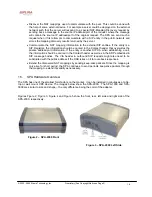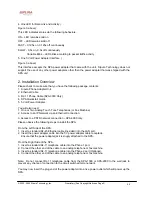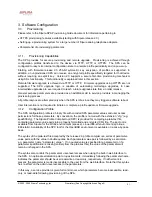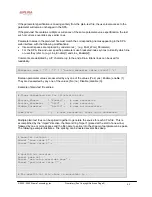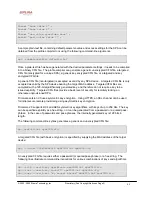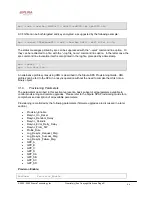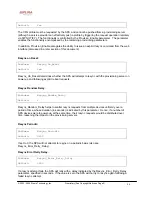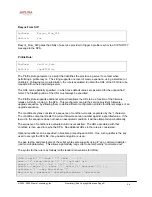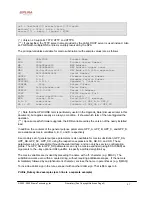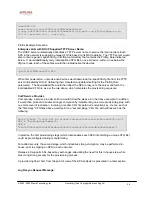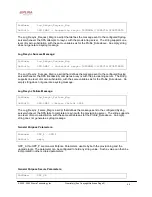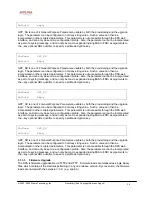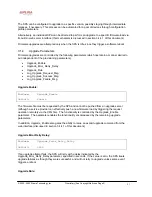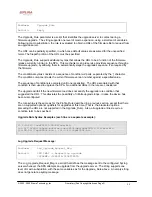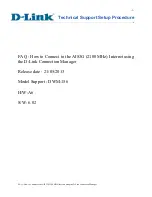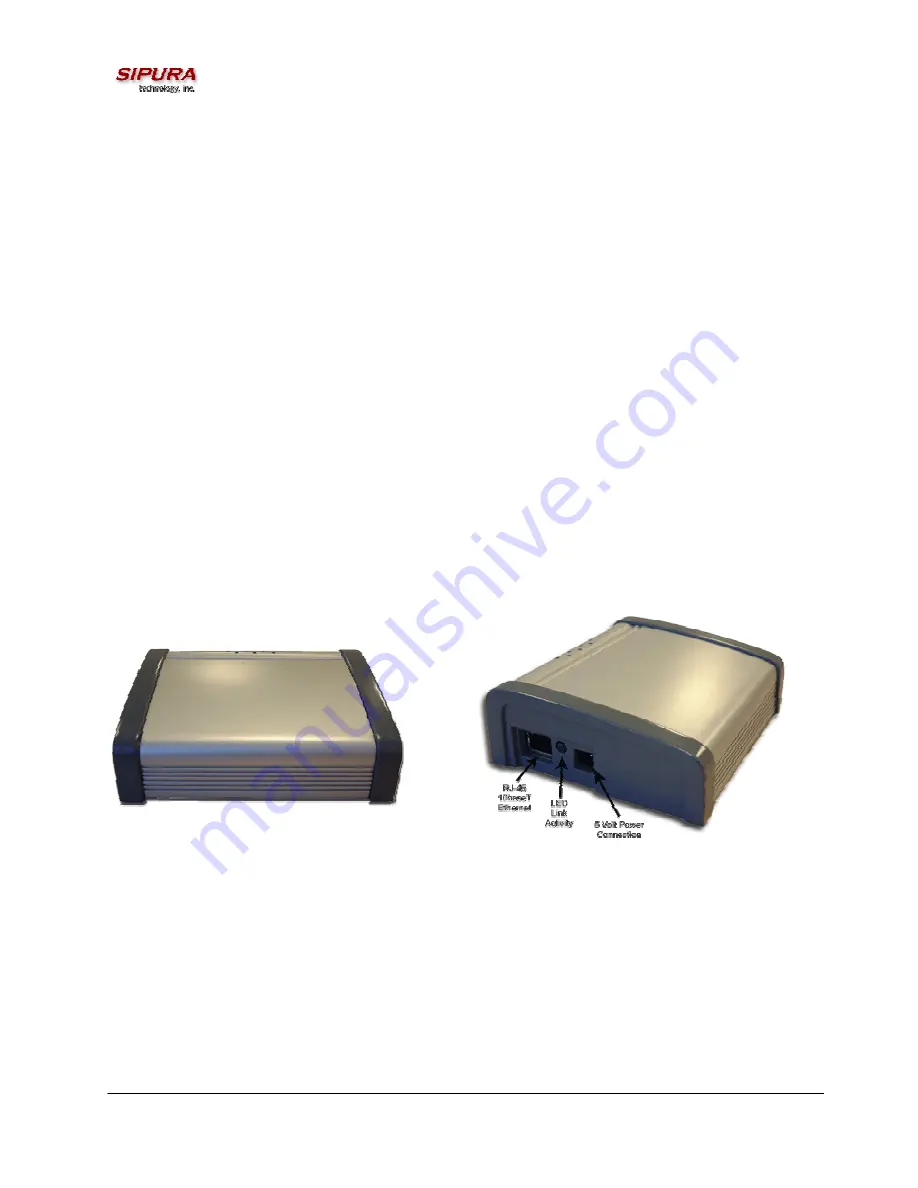
© 2003 - 2005 Sipura Technology, Inc
Proprietary (See Copyright Notice on Page 2)
18
•
Discover the NAT mappings used to communicate with the peer. This could be done with
the help of some external device. For example a server could be deployed on the external
network such that the server will respond to a special NAT-Mapping-Discovery request by
sending back a message to the source IP address/port of the request, where the message
will contain the source IP address/port of the original request. The SPA can send such a
request when it first attempts to communicate with a SIP entity in the public network and
stores the mapping discovery results returned by the server.
•
Communicate the NAT mapping information to the external SIP entities. If the entity is a
SIP Registrar, the information should be carried in the Contact header that overwrites the
private address/port information. If the entity is another SIP UA when establishing a call,
the information should be carried in the Contact header as well as in the SDP embedded in
SIP message bodies.
The VIA header in outbound SIP requests might also need to be
substituted with the public address if the UAS relies on it to route back responses.
•
Extend the discovered NAT mappings by sending keep-alive packets. Since the mapping is
only alive for short period, the SPA continues to send periodic keep-alive packets through
the mapping to extend its validity as necessary.
1.5.
SPA Hardware Overview
The SPA has one of the smallest form factors on the market. It can be installed in minutes as a table-
top or wall mount CPE device. The images below show the SPA-2000. The SPA-1000 and SPA-
3000 are similar to size and shape – the only difference being the color of the adapter.
Figures Figure 2, Figure 3, Figure 4 and Figure 5 show the front, rear, left side and right side of the
SPA-2000, respectively.
Figure 2 – SPA-2000 Front
Figure 3 – SPA-2000 Left Side

